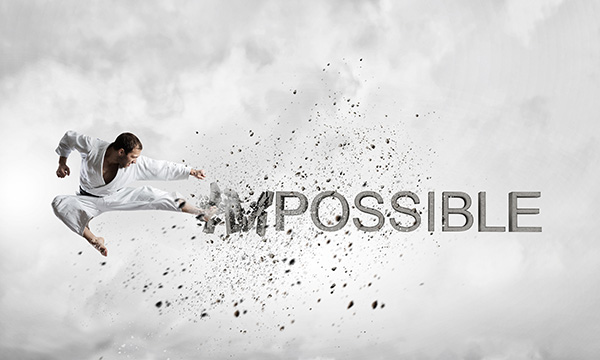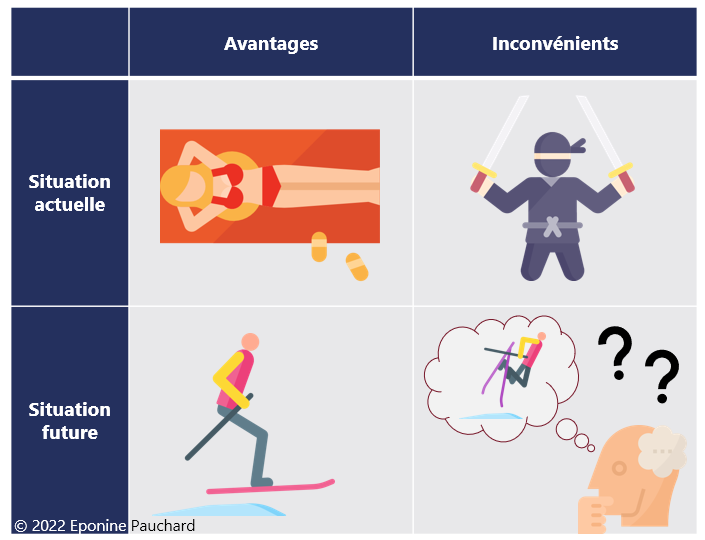In any improvement project, there are risks of failure: budget overrun, poorly-adapted solution, rejection by teams. If technical constraints are easily addressed, the impact of change on humans and their reactions is more uncertain. This is where change management comes in. In this article, I propose to understand the causes of resistance, in order to better address them.

Why is there so much resistance to change? To succeed in your project or the change you have in mind, you are proactive. You have taken the time to define your vision, and know how this change fits into your vision. You have defined the behaviors you expect from your teams and shared these with them.
And yet, sometimes, in spite of all this upstream work, there are still blockages. You can’t predict everything, the organizational and personal context can change. This article focuses on the reactions of individuals to the announcement of a change.
Understanding resistance to change
Change does not please human beings. It’s natural, we all have a routine that makes us feel secure and any change in this routine awakens our fears of the unknown.
Let’s take several examples to understand it: you go grocery shopping every week, you often buy the same products and know where to find them. If the location of the milk changes, you will be confused: you will have to look for “where did the milk go?” and this will probably cause frustration and irritation.
Here’s another example: you take the same route to the office every day. One morning the street you want to take is inaccessible: it is under construction and one way from now on… I let you imagine your irritation and annoyance with this situation.
In the company, the same behaviors and reactions occur. Let’s not forget that each of us spends about a third of our time at work. Many habits and routines are linked to it and the reaction of rejection is inevitable.
Why oppose to change
When faced with a situation of change, everyone refuses. I know what I have today and don’t know what I will have tomorrow. Or maybe I just think what I’m losing from the current situation (I don’t know where the milk is anymore, I’ll have to change my route)
It takes time and analysis to understand and embrace the benefits of change. It is a balance, as explained in the video Overcoming Resistance by Dr. G. B. Eliyahu M. Goldratt, Ilan Eshkoli .
I know the current benefits very well. This is my routine, my comfort zone. The disadvantages of the current situation are known and mastered: I have put in place strategies and solutions to face them. They are also part of my routine and comfort zone.
In the future situation, if I lose my current advantages, I am disappointed: I am not a winner, I have less than before, this is the main disadvantage of the new situation. I also see the disadvantages of this new situation, especially the unknown and the uncertainty it generates.
I don’t know the benefits of the new situation. The benefits that are presented to me do not speak to me.

If I don’t understand them, I can’t really evaluate the two situations and compare them objectively. As a change leader, you need to put yourself in the shoes of the teams involved to help them map the current issues and future gains: these are often the two least visible aspects.
Highlighting the less visible aspects of change
In the two previous examples, the disadvantages of the current situations could be: the lack of space to store the different brands of milk or a high number of accidents at the crossing. The advantages of future situations could be a shorter distance between the milk bottles and the crate or a reduced traffic in front of a school, … Individuals must be helped to assess the benefits of the new situation.
No one resists change to resist change. I have to evaluate the gains and losses that I change or don’t change.
